From Astorga, the Camino crosses the river Jerga towards Murias de Rechivaldo and Santa Catalina de Somoza, two maragato villages located 5 and 9 kilometres respectively from the starting point. This county is known as the “maragatería”, an area inhabited by muleteers and traders who, amongst other theories, purportedly got their name from their job of transporting products from Galicia (mar, or the sea) to Madrid (the gatos, cats).
The path gently steepens towards the village of El Ganso . Before reaching El Ganso, you can see Monte Teleno to your right, the highest mountain in the Montes de León.
Follow the route towards the Rabanal Viejo River and the chapel of Cristo de la Vera Cruz, before getting to Rabanal del Camino. This is the end of the day for some, having walked 20 kilometres.
Those who continue to Foncebadón will not have to walk this stretch the following day, although the route is very steep up the slopes of Monte Irago. This village was practically in ruins but came back to life again thanks to pilgrims, and currently offers all the necessary services to pilgrims.
Tips from our postmen and women
What to do and see in Castrillo de los Polvazares?

“I recommend trying the cocido Maragato in Castrillo de los Polvazares. The cocido should be eaten in the order of first the meat, then the chick peas and finally the soup. Castrillo is also one of the best preserved villages of the Maragatería, listed as a Historic and Artistic Site with its cobbled streets made up of river stones”.
Accommodations Astorga - Foncebadón
Image gallery
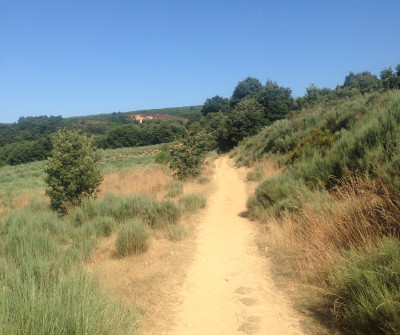
Etapa entre Astorga y Foncebadón
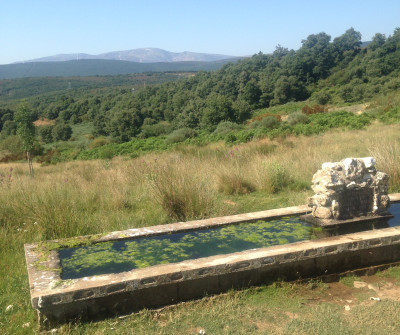
Astorga - Foncebadón, etapa del Camno Francés
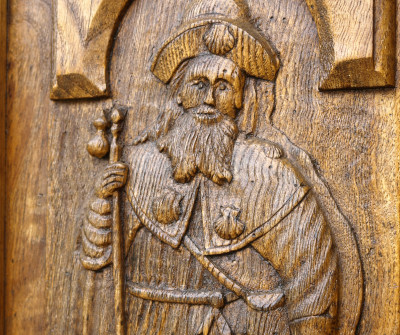
Detalle de peregrino en el Camino de Santiago
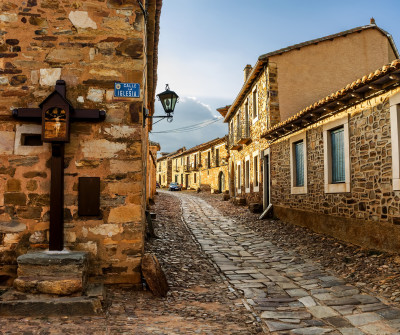
Castrillo de los Polvazares, entre Astorga y Foncebadón
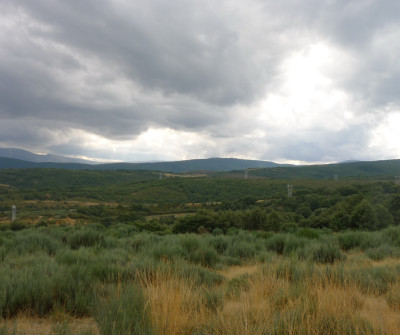
Camino de Santiago Francés en Foncebadón
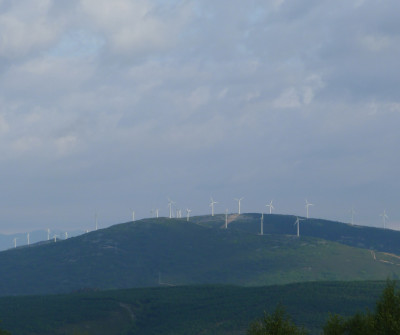
Etapa entre Astorga y Foncebadón
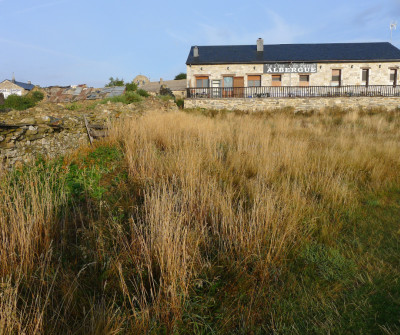
Albergue la Cruz de Fierro en Foncebadón
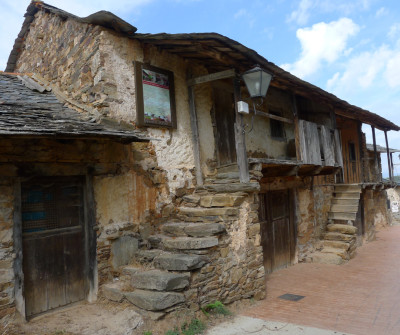
Foncebadón, localidad del Camino Francés
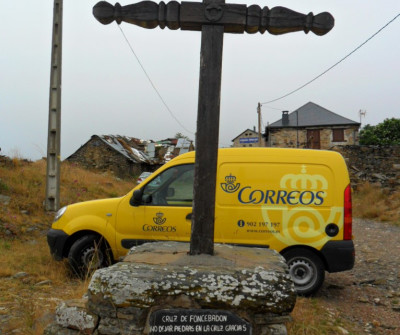


 Filter
Filter